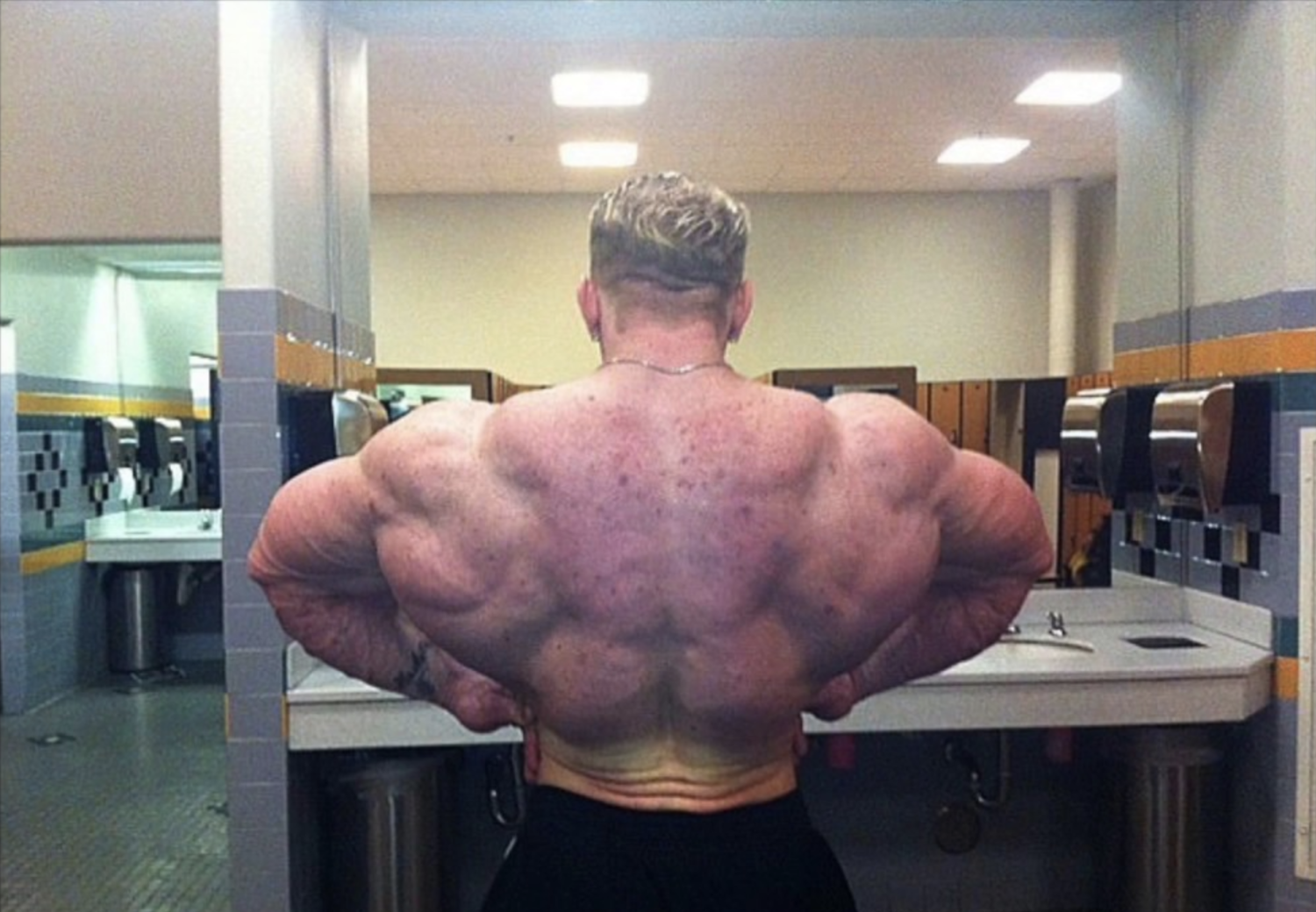His villainy Acne has been tormenting more than one generation of iron-lifting enthusiasts under the pleasant but not always beneficial effects for the skin (and something else) of AAS. In this article, we'll thoroughly examine the most effective methods of fighting acne, many of which are extremely unconventional but no less effective for that.
First of all, you need to clearly understand what acne is and why it occurs against the backdrop of AAS use.
Acne is an inflammatory process in pilosebaceous structures (a complex of hair follicle and sebaceous gland), typically with subsequent formation of purulent content, commonly called simply a "pimple."
There are many causes of acne, as well as degrees of neglect, but we're specifically interested in the steroid nature. A small excursion into endocrinology will help us understand the causes.
The fact is that when using AAS, particularly testosterone or its derivatives, part of the substance, as many know, converts to estradiol. This is essentially a protective mechanism designed to reduce the level of one hormone, at least by distributing its concentration across several. Estradiol problems are quite widely known: gynecomastia, fluid retention, mood changes, and much more interesting stuff. However, not many know that testosterone, including its derivatives, quite successfully converts into another, no less interesting hormone—dihydrotestosterone (hereinafter DHT). DHT is the most biologically active form of testosterone and is directly responsible for all male-pattern virilization problems both in adolescence and in women who are into doping, regardless of age. It's precisely DHT that makes a man a man (at least externally), not testosterone as many think.
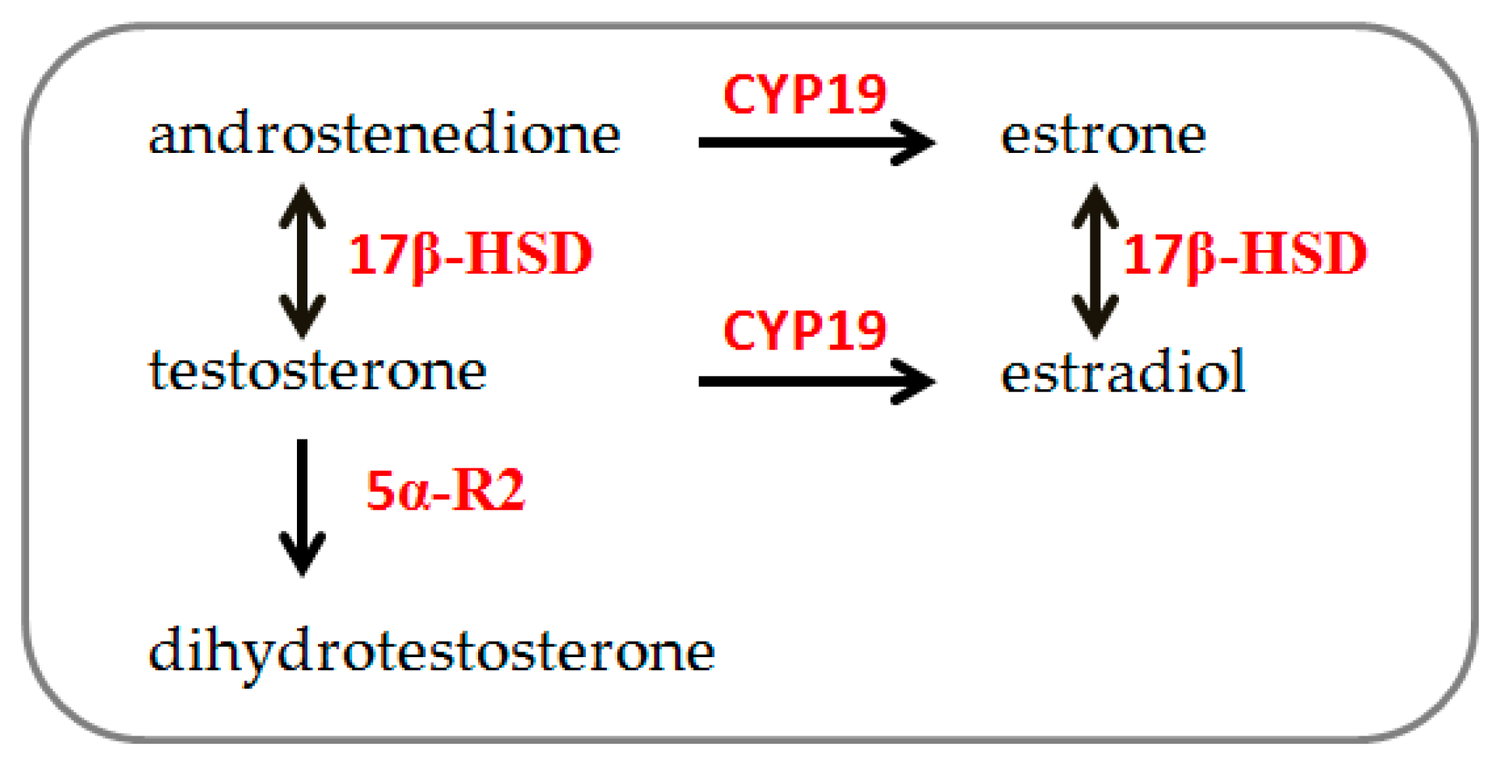 By and large, DHT is any man's friend—it doesn't give any unpleasant effects except one single one: the mechanism of its conversion from testosterone to, actually, DHT causes acne. This happens because the conversion process itself takes place in the scalp (hello to bald bodybuilders), back skin, facial skin, to a lesser extent chest skin, and the prostate gland. The culprit is the enzyme 5-alpha-reductase itself, which acts irritatingly during the biochemical reaction on surrounding tissues. Because of all this disgrace, unfortunate bodybuilders lose hair, develop terrible teenage pimples, and the prostate can go "on the shelf" without reaching retirement age. Fortunately, a solution to the problem exists, and not just one.
By and large, DHT is any man's friend—it doesn't give any unpleasant effects except one single one: the mechanism of its conversion from testosterone to, actually, DHT causes acne. This happens because the conversion process itself takes place in the scalp (hello to bald bodybuilders), back skin, facial skin, to a lesser extent chest skin, and the prostate gland. The culprit is the enzyme 5-alpha-reductase itself, which acts irritatingly during the biochemical reaction on surrounding tissues. Because of all this disgrace, unfortunate bodybuilders lose hair, develop terrible teenage pimples, and the prostate can go "on the shelf" without reaching retirement age. Fortunately, a solution to the problem exists, and not just one.
I'll try to save your gleaming baldness and troubled prostate another time, since now we'll finally move to the practical stage, in which we'll examine various methods of fighting acne.
We'll analyze these very methods of fighting from the most gentle (mild acne manifestation) to increasingly radical ones.
2% Salicylic Acid

Stridex, Single-Step Acne Control, Maximum, Alcohol Free
Yes, yes, of course absolutely every schoolchild knows about "salicylic acid," since more than one liter of this potion was spent fighting hateful pimples by diligent mothers forcing their sons to wipe their pimples with it five times a day. Unfortunately, the effect is usually strictly opposite—after pedantic and abundant use of "salicylic acid," there are only more pimples... And this is very strange, because acid should suppress sebaceous gland activity.
The problem of this paradox lies in the fact that the most ordinary salicylic acid from the nearest pharmacy is an alcohol solution, which is completely unsuitable for what's required of it. Alcohol degreases the skin surface, it becomes dry, from this it becomes brittle at the microdermal level, and micro-cracks in the skin, in turn, are excellent entry gates for infection. Accordingly, the following happens. After treating the skin with alcohol-based "salicylic acid," slight infection of skin covers occurs, plus due to dryness, a signal is sent about the need to produce even more sebum to not only restore moisture balance but also prevent further "cracking" with the formation of new infectious gates. The result is predictable—there are only more pimples.
The solution to this problem is simpler and more natural than gravy on dumplings. You simply need to buy salicylic acid without alcohol in the composition. You should look, as a rule, not in pharmacies, but in cosmetic stores in the skincare section. So you don't have to go far, on the well-known iHerb there are excellent cotton pads soaked with salicylic acid, but already without alcohol. It's precisely this option that was created specifically for fighting mild acne manifestations, and as experience shows, with daily use, it's really effective.
Zineryt
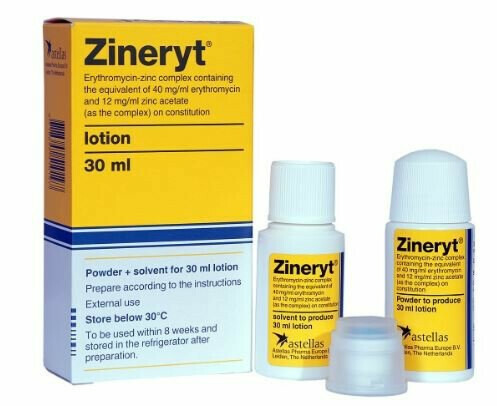
Zineryt is a combined preparation that is mixed before use and represents something like an ointment. It consists of erythromycin and zinc salts. Its principle of action lies in disinfection, due to erythromycin (antibiotic) and zinc salts, which suppress sebum production. The drug is relevant in cases where pimples have stepped beyond the period of small red dots, forming into quite standard purulent pimples. Zineryt is recommended to be used together with salicylic acid for comprehensive fighting of mild to moderate acne.
Peeling

Yeouth, Glycolic Acid 30% Gel Peel
There's such a seemingly completely feminine procedure as peeling. Peels come in different types, but we're interested in chemical peeling. The essence of the method is applying special acids to the skin for a certain time, followed by washing with cold water (cold water inactivates the acid). Controlled acid applications can suppress sebum production, thereby significantly preventing the formation of purulent pimples, and pimples in general. Actually, practically everyone has done peeling, since our old acquaintance "salicylic acid" is exactly the same peeling, with the only difference being that standard "salicylic acid" usually has a 2% solution, while specialized peeling has on average 30-40%, so the acid concentration is significantly higher.
The problem with peels is their "mysteriousness" and the exclusively predatory policy of cosmetologists who charge an arm and a leg for this "pleasure."
Fortunately, you're reading my article, which means there's definitely a way out. On that same iHerb you can purchase a peel that's easy to perform at home, it costs inexpensively, and lasts for some unrealistic number of procedures. The box comes with accessible and detailed instructions, which I don't see the point in focusing on specifically.
N.B. I'm specifically not giving any links, especially referral ones, so that no one gets the impression of personal interest. Type and search by name, with your hands, and buy where you like it more or find it more convenient.
Roaccutane and Vitamin A
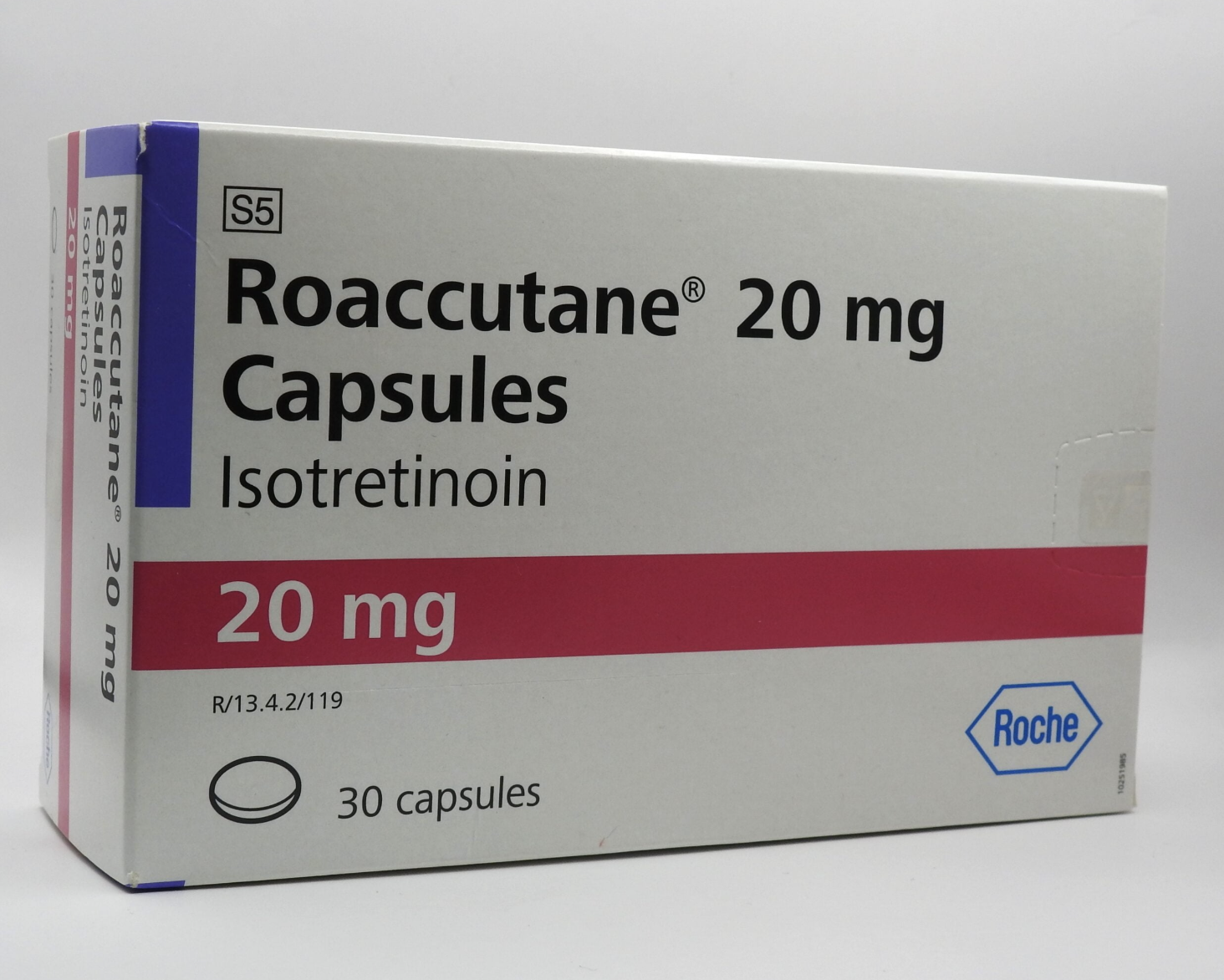 Many have heard about an expensive and quite effective drug—Roaccutane. The drug costs quite a bit and depending on dosage can be extremely effective. It works excellently for fighting moderate and severe cases of acne, especially when pimples affect significant areas of skin. Unfortunately, its main problem is also its advantage. It can "dry out" and remove pimples all over the body, but due to generalized action, absolutely all skin covers begin to dry out, including mucous membranes. The main thing in all this is to correctly select the dosage, which isn't so simple to do, since the drug has a cumulative effect and it's not possible to understand this quickly—any experiment with dosages requires 2-3 weeks for clear understanding of the effect. The standard dosage is considered 1-2mg per 1kg of weight. Original Roaccutane is quite an expensive drug, fortunately there are many generics, which should be sought by active substance—isotretinoin.
Many have heard about an expensive and quite effective drug—Roaccutane. The drug costs quite a bit and depending on dosage can be extremely effective. It works excellently for fighting moderate and severe cases of acne, especially when pimples affect significant areas of skin. Unfortunately, its main problem is also its advantage. It can "dry out" and remove pimples all over the body, but due to generalized action, absolutely all skin covers begin to dry out, including mucous membranes. The main thing in all this is to correctly select the dosage, which isn't so simple to do, since the drug has a cumulative effect and it's not possible to understand this quickly—any experiment with dosages requires 2-3 weeks for clear understanding of the effect. The standard dosage is considered 1-2mg per 1kg of weight. Original Roaccutane is quite an expensive drug, fortunately there are many generics, which should be sought by active substance—isotretinoin.
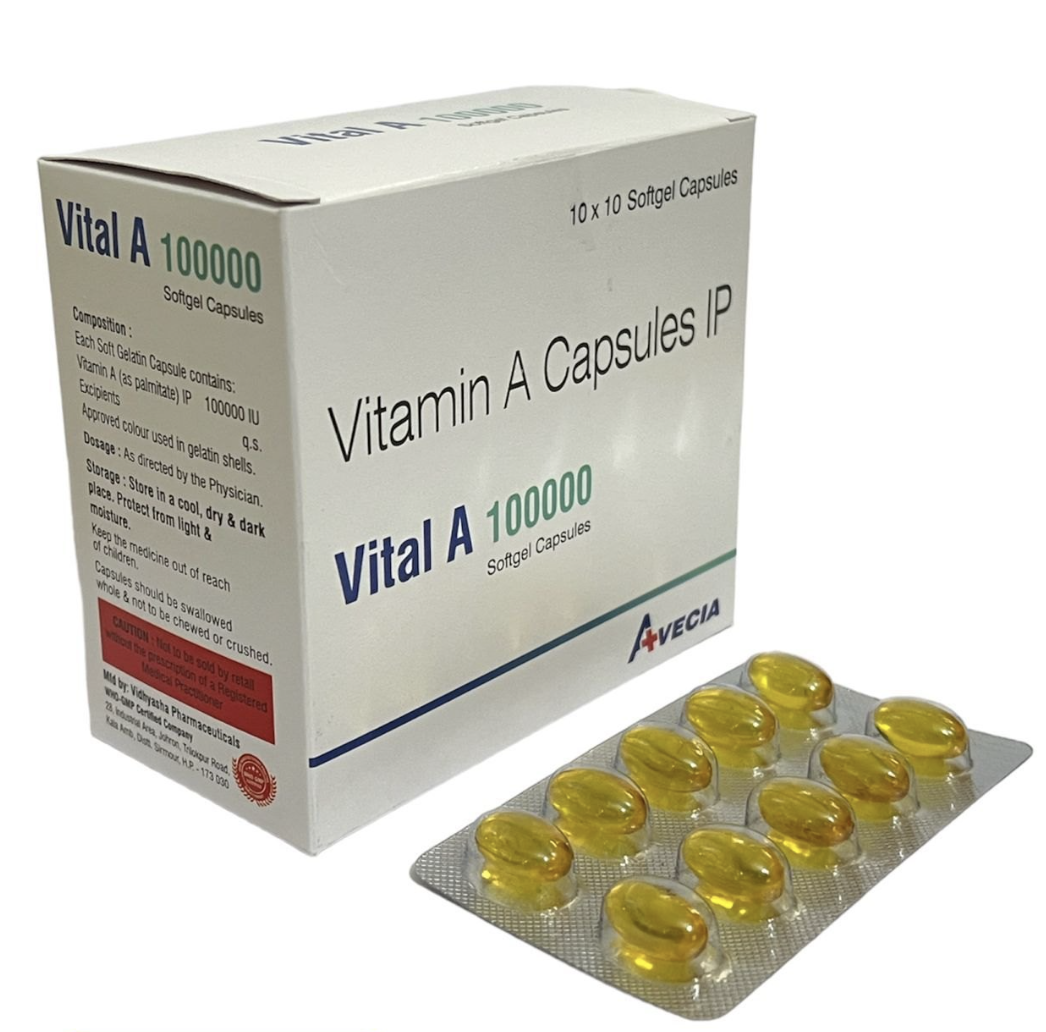 And now there will be something interesting, something that practically no one knows ;)
And now there will be something interesting, something that practically no one knows ;)
The fact is that isotretinoin (Roaccutane) is a substance derived from the most ordinary retinol, that is, vitamin A. By irony of fate, the effects of isotretinoin are virtually indistinguishable from vitamin A. This leads to the conclusion—is it possible somehow to use penny retinol instead of expensive Roaccutane? The answer is simple—yes, it's quite possible. The trick is that to achieve an effect comparable to Roaccutane, vitamin A must be consumed in horse doses, because it's precisely the side effect (and desired for us) of vitamin A hypervitaminosis that is skin dryness—that's what we pay for when buying Roaccutane. The effective dosage is from 300 to 500 thousand IU. Usually retinol comes in capsules of 33,000 IU, but there are, though rarely, capsules with a concentration of 100,000 IU per unit. You shouldn't be afraid of "horse dosages," since vitamin A hypervitaminosis and Roaccutane even have completely identical side effects, since Roaccutane itself is merely an expensive version of ordinary vitamin A. The only strict contraindication for taking both substances is pregnancy, which clearly doesn't threaten many of the readers.
Roaccutane or retinol should be taken throughout the entire cycle and PCT.
Dutasteride
 Avodart is the commercial name for dutasteride, a substance capable of inhibiting 5-alpha-reductase activity, thereby blocking testosterone conversion to DHT, and accordingly eliminating the very cause of acne appearance. There's another related drug—Finasteride. Unlike Avodart, it's more popular, but may only be effective for preventing hair loss on cycle due to the same reductase. The fact is that 5-alpha-reductase exists in type 1 and type 2 forms. Finasteride can only inhibit the action of the first type, which is located in the scalp, which is why it's completely useless in acne matters, since it doesn't interact with the second type of reductase located in the skin of the rest of the body and prostate.
Avodart is the commercial name for dutasteride, a substance capable of inhibiting 5-alpha-reductase activity, thereby blocking testosterone conversion to DHT, and accordingly eliminating the very cause of acne appearance. There's another related drug—Finasteride. Unlike Avodart, it's more popular, but may only be effective for preventing hair loss on cycle due to the same reductase. The fact is that 5-alpha-reductase exists in type 1 and type 2 forms. Finasteride can only inhibit the action of the first type, which is located in the scalp, which is why it's completely useless in acne matters, since it doesn't interact with the second type of reductase located in the skin of the rest of the body and prostate.
Thus, Avodart can be called a more universal drug, since it blocks both types of reductase simultaneously, reliably protecting us from alopecia (hair loss), acne, and prostate inflammation.
Few people know about Avodart, and those who know try to avoid it and are afraid to use it in every way, though very wrongly. Horror stories appeared, as usually happens, due to incorrect and uncontrolled use of Avodart on cycle. The fact is that if you overdo the Avodart dosage, your DHT level will rush toward zero, and with it all interest in women with accompanying problems in the form of impotence. Moreover, although DHT doesn't participate in muscle growth (here testosterone in its pristine purity still rules), it still has a cunning mechanism for CNS recovery during rest from loads, which is why cycle effectiveness generally falls with a lowered DHT background (many mistakenly confuse this, thinking that DHT participates in muscle growth).
The way out of the situation is on one hand simple—you just need to select an Avodart dosage for your cycle to bring DHT to a reference norm state, based on test indicators (yes, you'll still have to take tests). But on the other hand, Avodart has the same nasty property as Roaccutane—it has a cumulative effect of 2-3 weeks of use. Therefore, a stable and clear effect becomes obvious only after 2-3 weeks of taking Avodart, accordingly during dosage experiments there's no point in taking tests more often than once every 2-3 weeks. Of course this is terribly tedious, but who said it would be easy?)
The standard dosage that will suit most people is 1 capsule per day throughout the entire cycle and PCT. It can be combined with Roaccutane or vitamin A, but it's very complicated and not entirely clear why, since each option is maximally effective by itself.
Now you know really all the most effective methods of fighting steroid acne. I hope it was interesting and informative, thanks for your attention!
Have questions or just want to discuss the article material?
Write to me anytime and I'll definitely try to help you!
For all types of communication:
